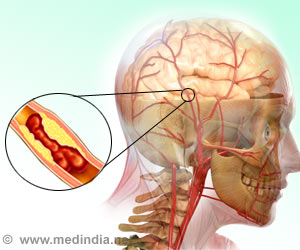
Parkinson’s disease is the second most prevalent neurological condition after dementia. It is characterised by the abnormal accumulation in the brain of a protein called synuclein, as well as the loss of dopamine-producing cells in an area of the brain known as the substantia nigra.
The loss of these cells causes the symptoms of Parkinson’s, including trembling, stiffness, slowness of movement and a loss of fine motor control, the Journal of Parkinson’s Disease reported.
Huang, working with Glenda Halliday, professor at NeuRA, investigated two genes -- NACP and MAPT -- implicated in other studies as risk factors for Parkinson’s disease, a university statement said.
The NACP gene is related to the production of the synuclein protein in the brain, while the MAPT gene is involved in the production of another protein in the brain, called tau.
By testing 123 patients with Parkinson’s disease, to determine what version of NACP and MAPT they carried, as well as measuring the severity of their disease and how quickly it progressed, the team was able to demonstrate certain versions of these genes interacting to influence rapid deterioration of some patients with Parkinson’s.
Advertisement










